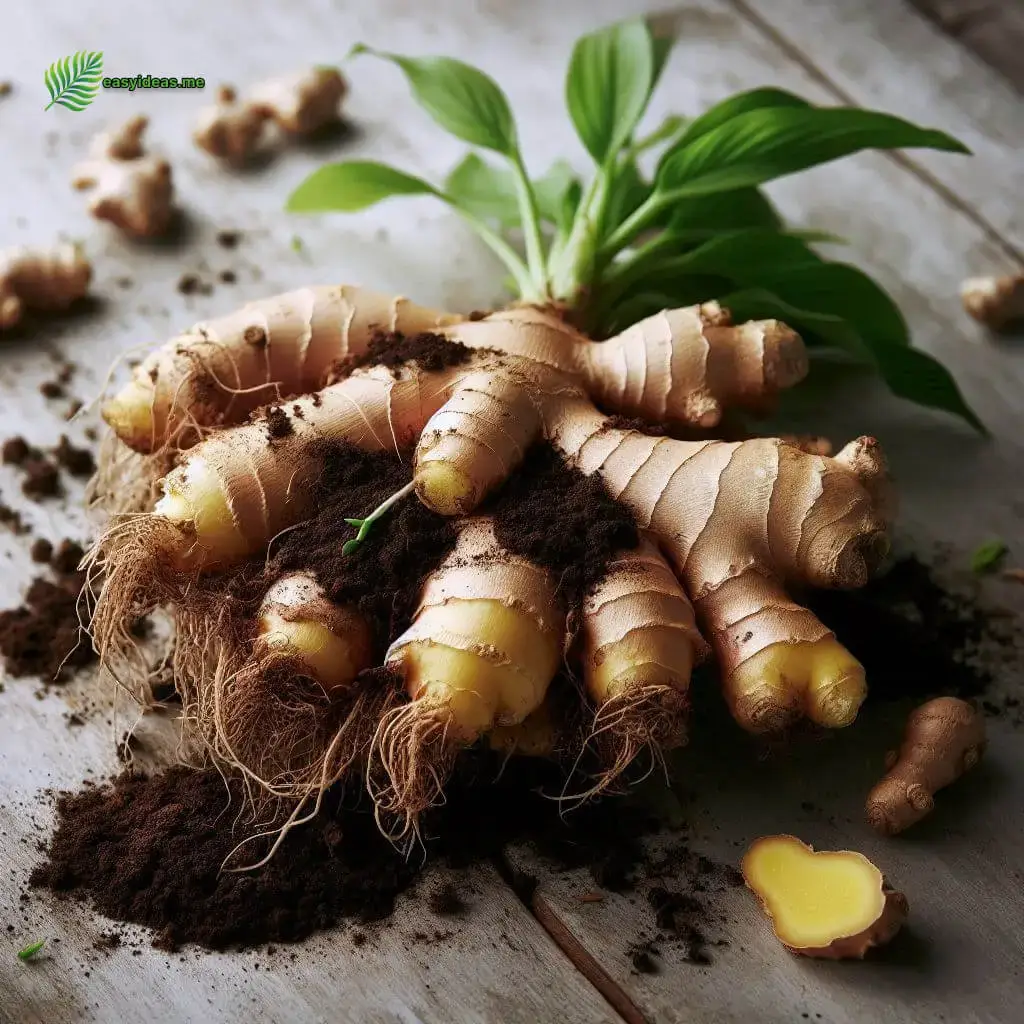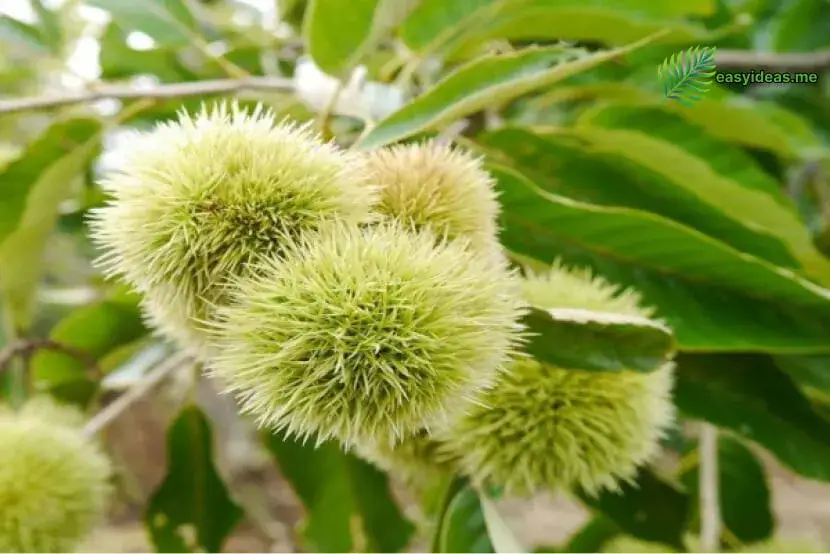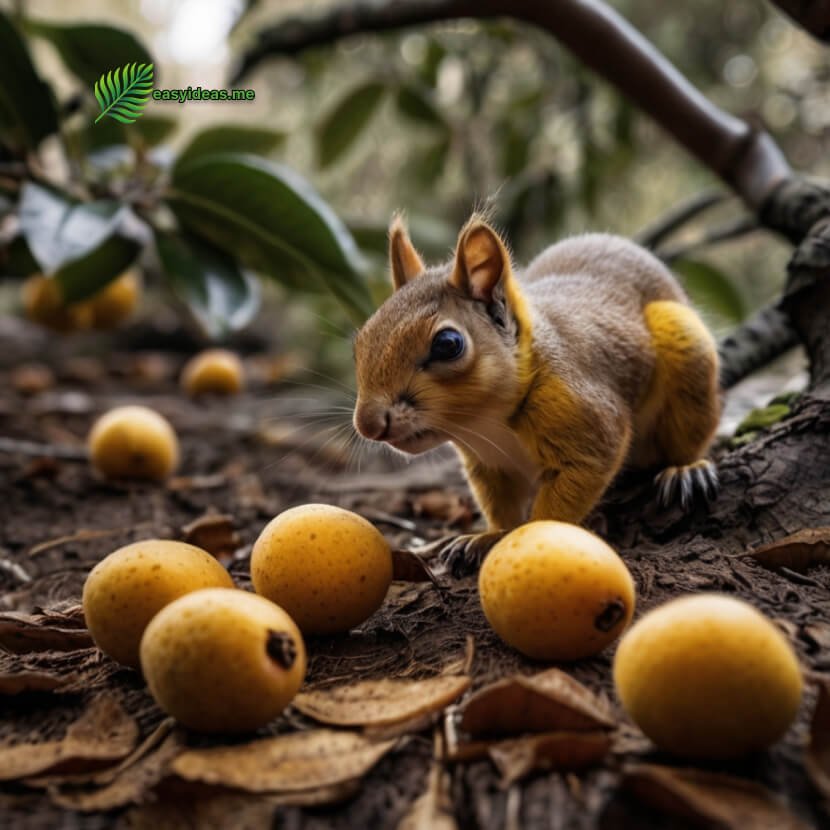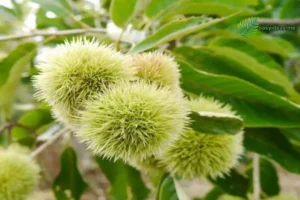Potted orchids are not only elegant and attractive, but they also have a high ornamental value. However, to make potted orchids bloom with beautiful flowers, mastering flowering techniques is crucial. Next, I’ll share some tips on how to encourage potted orchids to bloom.
Understand the Orchid Variety: Before encouraging orchids to bloom, it’s important to understand the characteristics of the variety. Not all orchids are suitable for blooming on demand. Varieties like Phalaenopsis and Cymbidium have longer flowering periods and are easier to coax into blooming. Additionally, when inducing flowering, opt for orchids that are strong and healthy, as this is key to success.
Choose the Right Timing: To successfully encourage orchids to bloom, it’s crucial to get the timing right. Spring and fall are the peak growing seasons for orchids, making them the ideal times for inducing flowering. The temperature, humidity, and light conditions during these seasons are optimal for orchid growth. Before attempting to induce flowering, ensure that the orchid is healthy, free from diseases and pests, and that it has adequate nutrients.
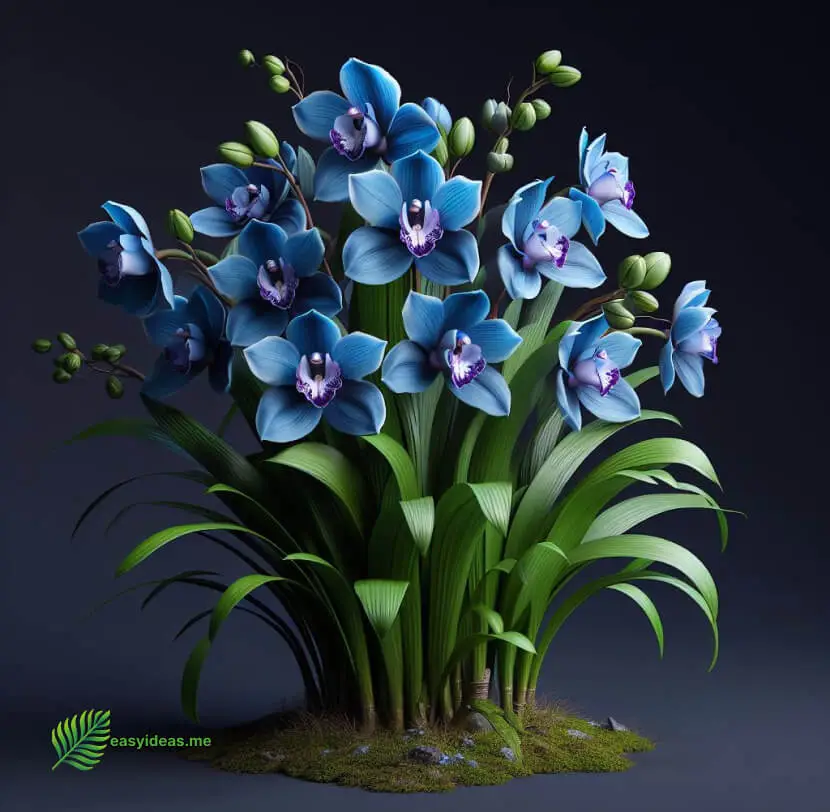
Provide Sufficient Indirect Light: Orchids prefer a semi-shade environment, which means they thrive in places with plenty of indirect light but without direct sunlight. During the flowering induction period, place the orchid in an area with ample diffused light, ensuring about 10-12 hours of light daily. Insufficient light exposure can affect the orchid’s growth and flowering.
Control Temperature and Humidity: The optimal temperature range for orchid growth is 15-25 degrees Celsius, with humidity levels between 60%-80%. During the flowering induction process, ensure that the orchid is in a setting with proper temperature and humidity. If the temperature is too high or too low, take measures to cool or warm the environment accordingly. If the air humidity is low, you can increase it by misting, placing water basins, or other methods. Additionally, you can control watering to encourage flowering, but avoid letting the potting mix become too dry or too wet.

Fertilization for Orchid Flowering: During the process of encouraging orchids to bloom, you can apply a balanced fertilizer containing nitrogen, phosphorus, and potassium to ensure the orchid has enough nutrients. Additionally, before the formation of orchid flower buds, apply a dose of mono-potassium phosphate (MKP) to promote bud development and flowering. When fertilizing, follow the principle of “light but frequent” to avoid over-fertilization, which can lead to excessive vegetative growth, ultimately affecting the orchid’s ability to bloom.
Monitor Orchid Changes: During the process of inducing orchid flowering, closely observe the orchid for any signs of flower bud differentiation. If you notice changes in the plant, promptly adjust the light, temperature, and humidity to ensure successful flowering. Also, stay vigilant against diseases and pests, ensuring the orchid’s healthy growth.
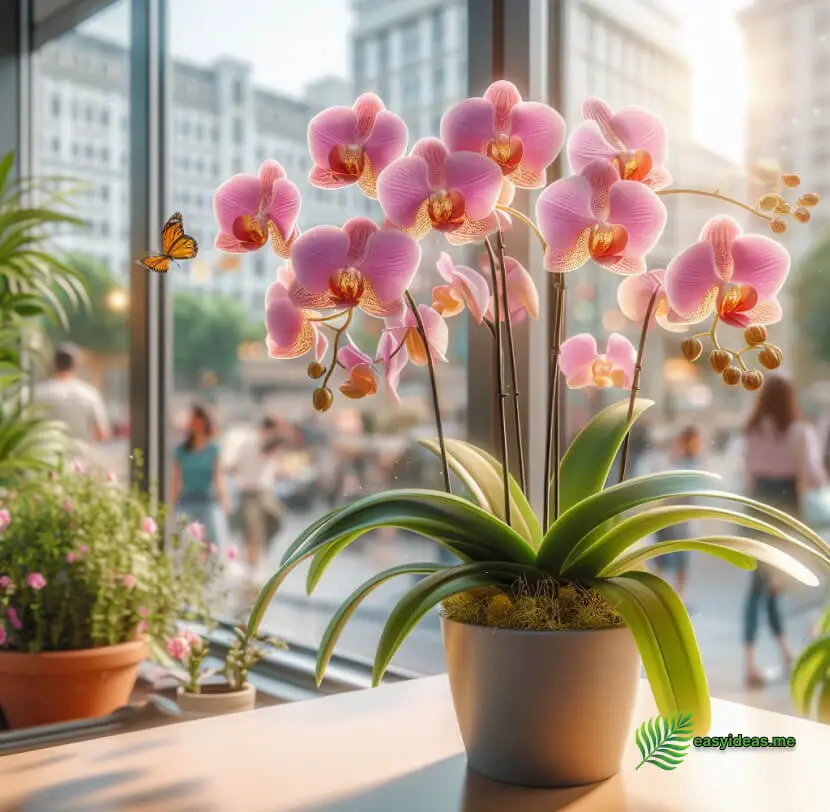
In summary, the techniques for encouraging potted orchids to bloom are not overly complex, but they require ongoing exploration and the accumulation of experience through practice. Only by doing this can you make potted orchids bloom with even more beautiful flowers, adding a touch of vibrant color to our lives.


